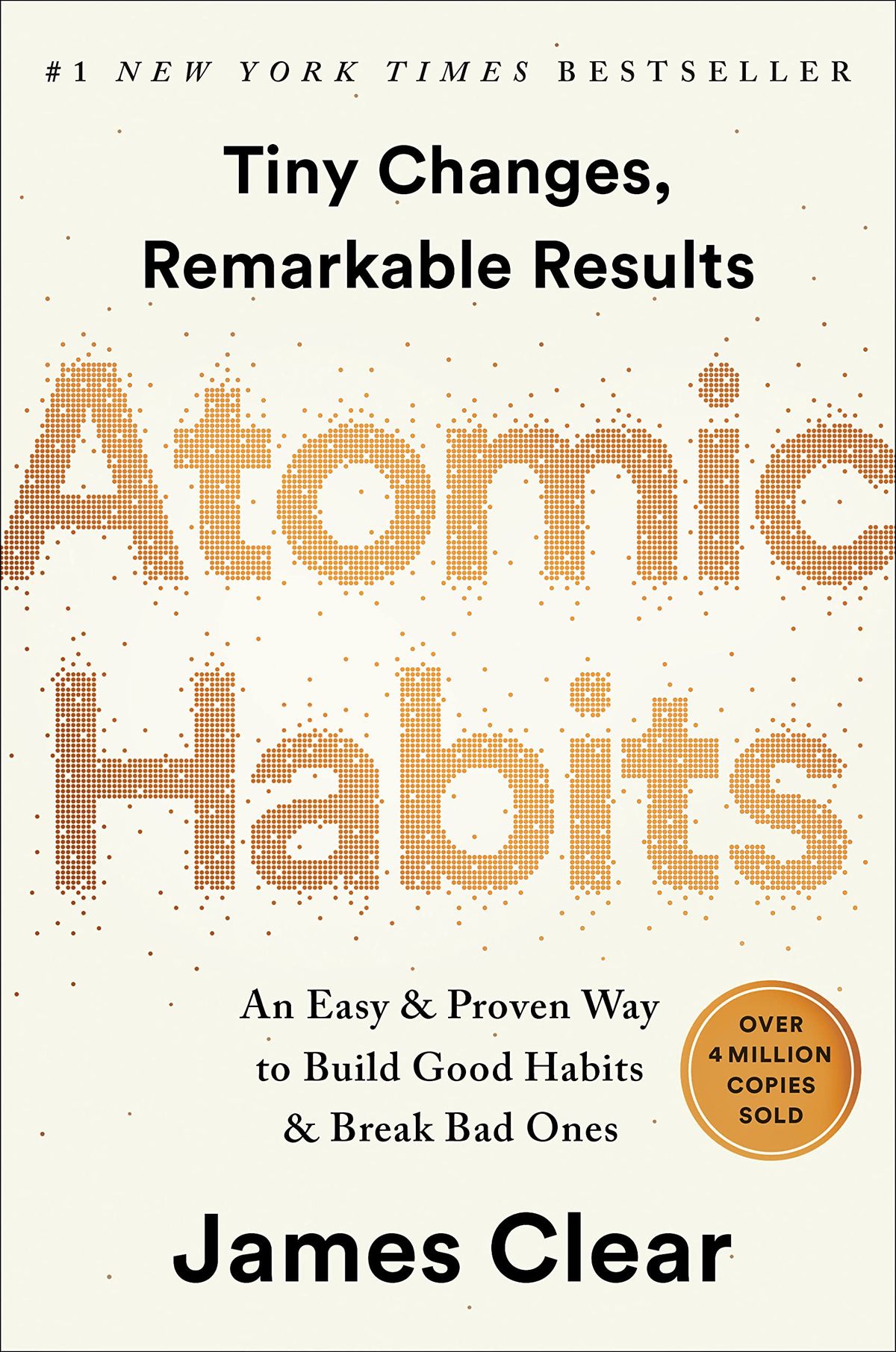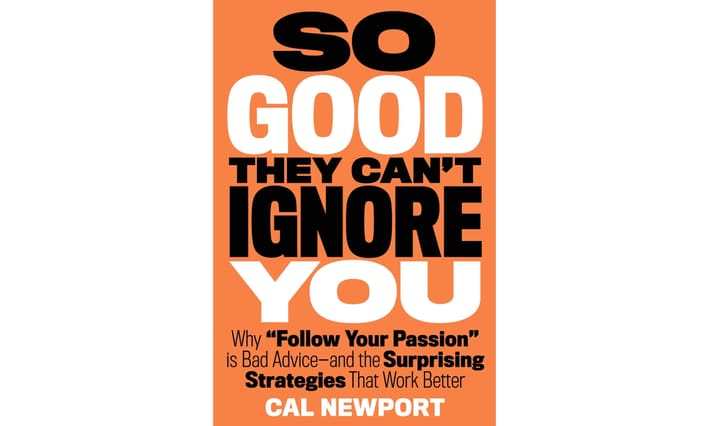Atomic Habits

You can purchase the book here: Hardcover | Kindle | Audiobook
This past semester (M1 Summer) was particularly challenging for me. The course content increased, but the allotted time between exams shortened. Soon after starting the term I began to burn out. I was drifting further away from achieving my goals as I was replacing good habits with bad ones, such as sleeping in instead of waking up early to write blog posts (which is why I've been absent for the last few weeks).
In an effort to get back on track, I figured that I'd give Atomic Habits a try, especially since nearly all the public figures whom I admire have mentioned it at one point or another. Since I was struggling to make time to read, I decided that I would listen to the audiobook version instead (narrated by the author, James Clear, himself). I don't typically listen to audiobooks, however, now, I will definitely be working them into my routine.
Atomic Habits is a worldwide bestseller for good reason. It is packed with wisdom and Clear presents the information in such a way that one can immediately begin forming new habits as they progress through the book. Although many of the concepts felt intuitive to me, I still think it's important to hear them clearly articulated (or see them outlined) in one place. I'd recommend this book to anyone looking for some motivation or tips on starting and maintaining new habits, or breaking old ones.
My Notes
Small (atomic) decisions every day will eventually lead to major change, whether positive or negative. Atomic habits compound.
A man painstakingly strikes a rock with a hammer 100 times until the rock finally shattered on the 101st swing. Although people from the outside tend to only notice the result of 101st strike, the man knows that it was not only the 101st strike that broke the rock, but the 100 strikes + 1.
“You do not rise to the level of your goals; you fall to the level of your systems.”
The most effective way to change habits is through leveraging one’s Identity. Decide who you are, or who you want to become, and your habits will naturally build around that belief in order to strengthen your identity.
Context: Habits are often triggered by cues, like time and location. Associate your environment with certain habits (e.g. bed is for sleep, office is for work, etc.).
Disciplined people make their decision-making easier by reducing exposure to tempting negative cues — it is not solely due to their strong will.
Temptation Bundling: Combine something you want to do with something that you need to do (e.g. Watch Netflix while on the elliptical at the gym).
Culture: Humans naturally want to belong with a tribe. Surround yourself with people who align with the habits that you want to build (e.g. it's easier to quit smoking if your friends don't smoke).
Moving Slowly, but Never Backwards: Motion (i.e. planning, strategizing, learning) does not necessarily lead to results — it’s only preparation. Action is what ultimately leads to results. Thus, one must increase repetitions in order to master a habit or skill and ultimately improve its quality (e.g. students told to submit as many photographs as possible became better photographers at the end of the term when compared to students who were told to submit only one high-quality photo).
Make new habits simple and easy. We naturally like to follow the path of least resistance. Reduce friction associated with beginning or continuing action(s) by priming your environment (e.g. meal prep today to make cooking healthier meals tomorrow easier; or, leave your phone in another room to prevent looking at it).
2 Minute Rule: Make a new habit take less than 2 minutes to complete. Ritualize a trivial process, then easily slip into the hard work that follows (e.g. A new habit to read one page of a book in bed at night → leads to reading a whole chapter).
Commitment Device: A decision made in the present to lock in a behavior in the future (e.g. Ulysses asking his crew to tie him to the mast pole of the ship so he could listen to the sirens, but be unable to take unwanted negative action upon hearing their song).
Humans prefer immediate gratification over delayed gratification. Thus, it helps to modify new habits by pairing them with something that is immediately gratifying (e.g. starting a new workout habit means getting a massage afterwards; or, if someone wants to save money for a vacation, then they can immediately put their money into a savings account to see its growth).
The visual aid of habit tracking can help us repeat a habit regularly (e.g. marking an ‘X’ on a calendar).
Never Miss Twice Rule: If I missed the gym today, then I’ll be sure to go tomorrow.
Don’t get caught up in the data; use it as a tool for progress, but don’t make the number the goal. For example, weight loss is good to an extent, but eventually it’ll plateau, after which, chasing “less weight” will become a problem.
Breaking A Bad Habit: Use an accountability partner or a contract to hold yourself accountable. Make the consequences of performing the unwanted behavior severe and/or painful; take it seriously.
Becoming Great: Pick habits that align with your personal behavior and skills. Our genes predispose us to success in certain domains of life, but genes are not predetermining (e.g. an athlete who is 6' 6'' and 270 lbs is naturally built to be a successful middle linebacker, but has a low chance of success as a cross country runner).
Goldilocks Rule: The sweet spot for hard work (flow state) in which one is locked in on the task at hand is at the perimeter of our ability to complete that task. As habits become routine, we get bored, which can lead to a plateau. Avoid boredom by increasing the difficulty, and/or learn to persevere despite boredom.
When habits become automatic, then our ability to improve can plateau. As we need less conscious effort to perform tasks, then we’re more likely to overlook small errors. Thus, it’s important to have a system to review and improve upon performance in order to continue to grow and internalize more habits.
As previously discussed, our identity helps us build certain habits. Therefore, in order to adjust and improve habits, our identity must allow for flexibility. For example, “I’m an athlete” becomes a problem once we grow old and stop playing sports. So, instead, the identity should be “I am the type of person who likes a challenge and intense physical exertion.” This allows us to more easily modify our habits as life evolves.




Comments ()